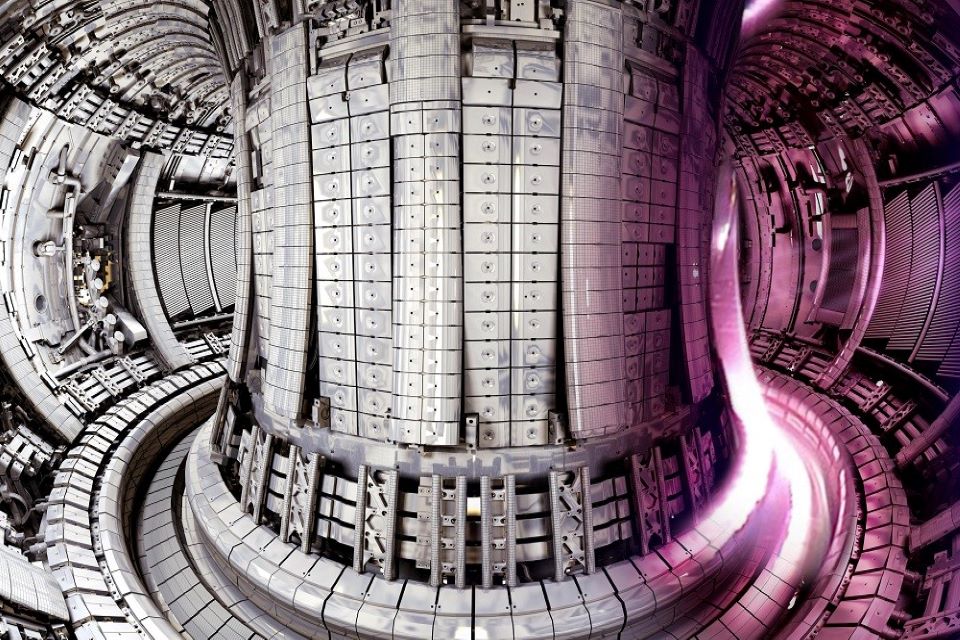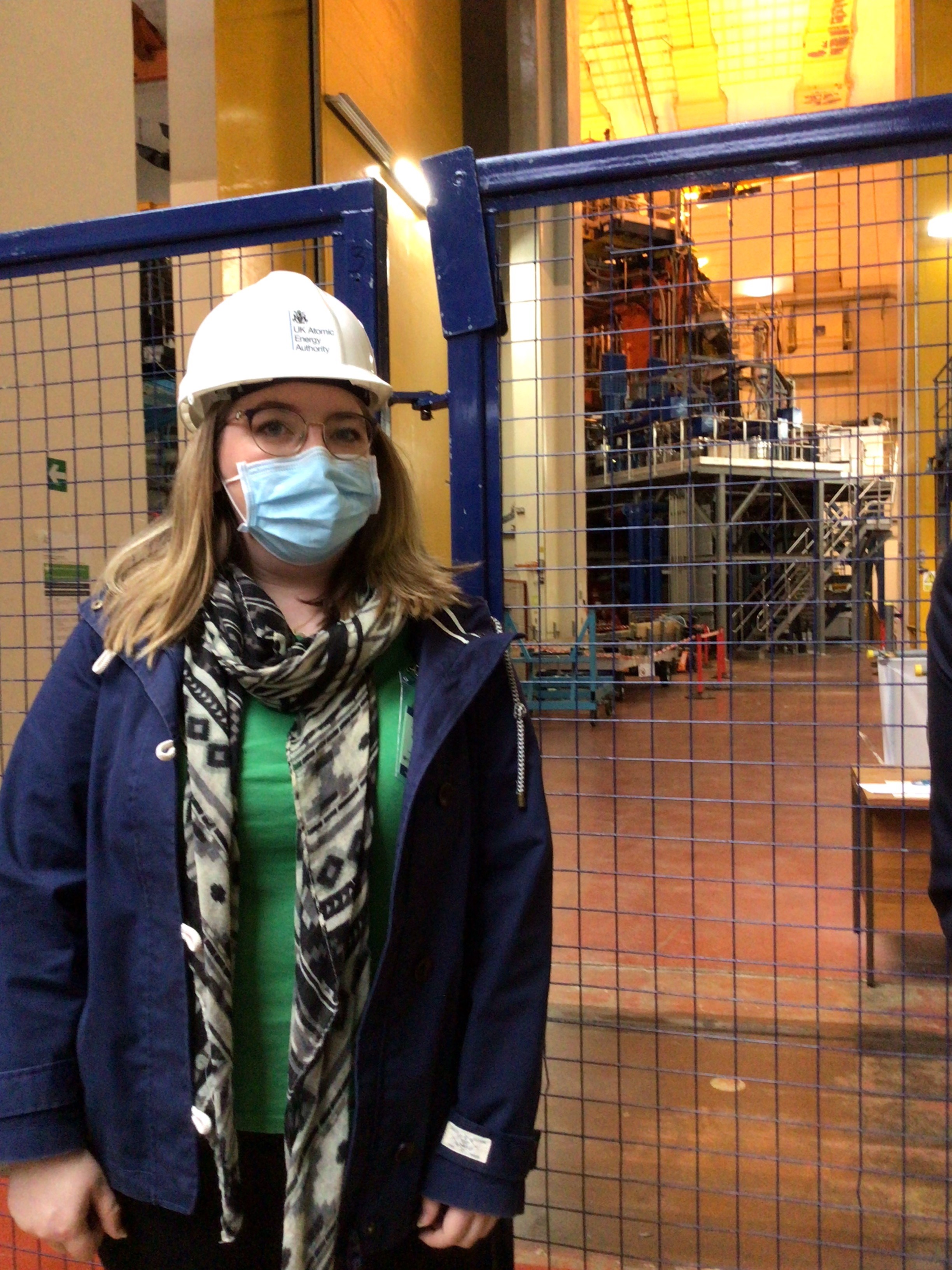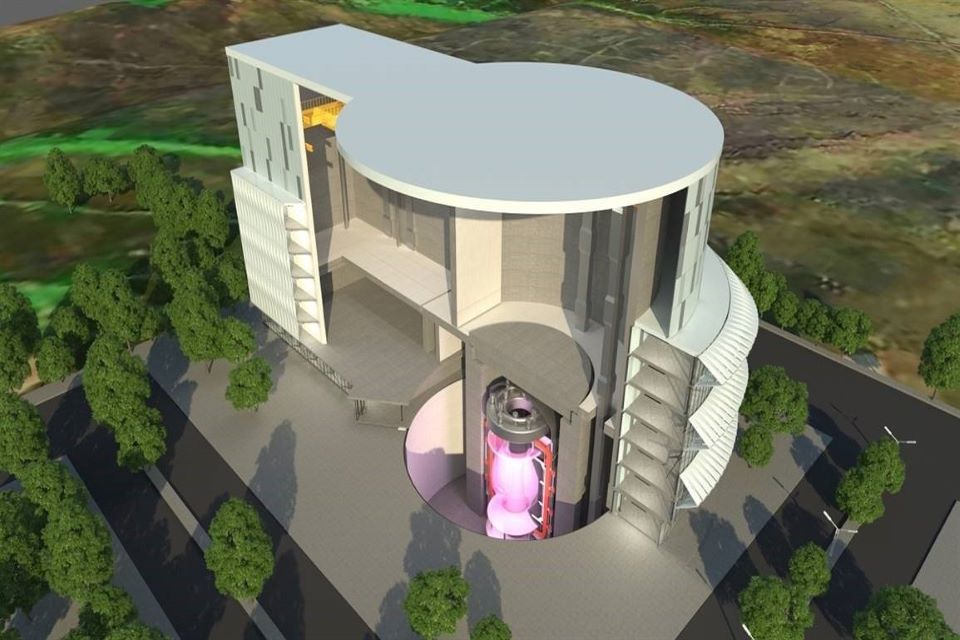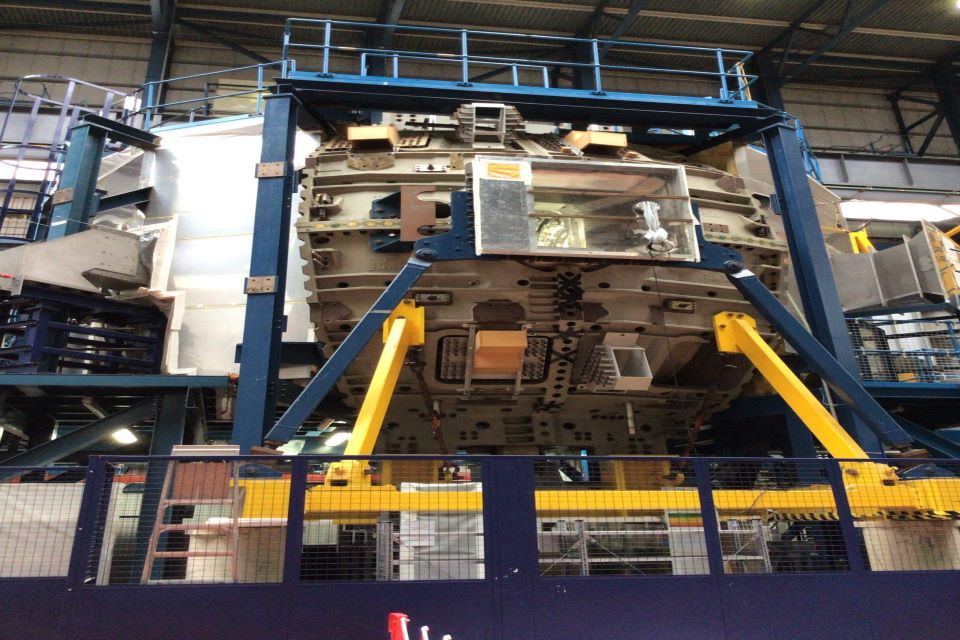Dr Greg Black is a senior advisor in the Advanced Nuclear Technologies team. Here he shares how the Environment Agency regulates the hottest site in the solar system and is preparing for the future of fusion in England.

It is often said that fusion is always forty years away but that may no longer be true! The government, and several companies, are pursuing fusion designs which may be built before 2040, bringing large scale deployment of this technology within grasp to support low carbon electricity generation beyond 2050.
Our team recently visited Culham, the UK home of fusion. They toured the many existing facilities and were briefed on all the exciting new developments proposed for the site and the UK fusion industry.
Fusion not fission
Fusion generates power in a fundamentally different way from traditional nuclear power stations which use the fission process. Fusion is the process of forcing small nuclei to combine whereas fission is the splitting of large unstable nuclei. Both processes result in the release of energy which can be transformed to electricity using standard turbine systems.
Fusion makes use of radioactive material and will generate radioactive wastes but it does not produce the extremely long lived radiotoxic wastes which arise from nuclear fission. As a result, the long-term environmental impact and potential accident consequences are significantly reduced for a fusion power station.

Fusion research
The United Kingdom Atomic Energy Authority (UKAEA) manages the UK’s fusion programme and hosts the ‘Joint European Torus (JET)’ facility at the Culham Centre for Fusion Energy (CCFE) in Oxfordshire. UKAEA run several facilities including the ‘Hydrogen-3 Advanced technology (H3AT)’, the world’s first tritium research centre. Tritium is one of the two main fuels needed for commercial fusion.
Finding a site
Government has committed to building a fusion demonstrator power station before 2040 and is funding UKAEA to develop the ‘Spherical Tokamak for Energy Production (STEP)’. UKAEA is running the STEP siting process and, following an open call in December 2020, five sites have made the short-list. A final decision will be made by the BEIS Secretary of State at the end of 2022.

Regulating fusion
We’ve regulated JET and the experimental facilities at the Culham Centre for Fusion Energy since it started operating.
We regulate both the keeping and use of radioactive material and the accumulation and disposal of radioactive wastes at fusion sites. Safety is regulated by the Health and Safety Executive (HSE). This is different to current nuclear power stations (fission reactors) where safety is regulated by the Office for Nuclear regulation (ONR).
The Department for Business, Energy and Industrial Strategy (BEIS) has been running a consultation on the future regulatory framework to ensure that it is suitable for the next generation of fusion demonstrators proposed to be built by 2040. We welcome recognition in the Green paper that the Environment Agency’s regulation of fusion is proportionate and enabling.

We are getting ready to regulate the next generation of fusion facilities in England.
Getting involved now means we can ensure protection of people and the environment and sustainability are part of the design process.
BEIS is funding me and my team at the Environment Agency to build our capability and capacity. This includes training our staff and updating and developing new guidance. We’re also influencing the future of fusion power by designing new early engagement processes and working with international partners and groups.
Learn more about fusion at Culham Home - Culham Centre for Fusion Energy (ukaea.uk)
If you’ve got a question about the regulation of fusion contact us at: fusion@environment-agency.gov.uk

Leave a comment